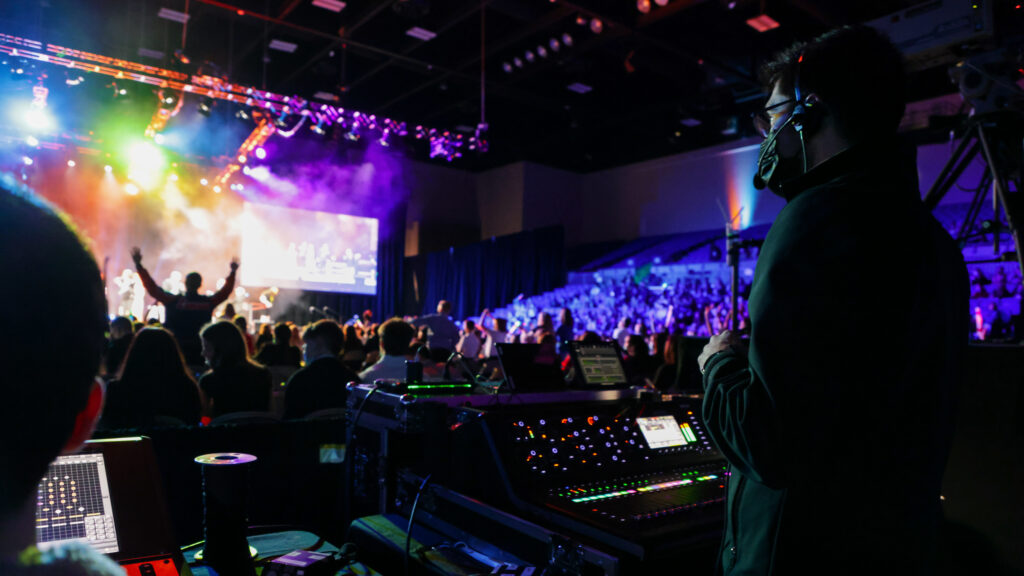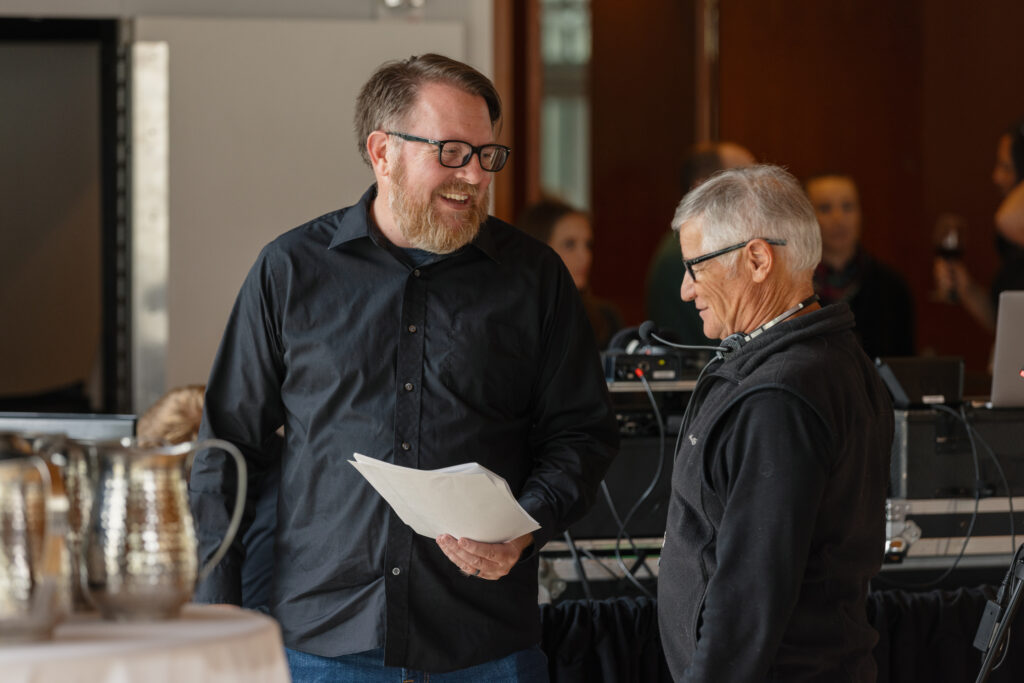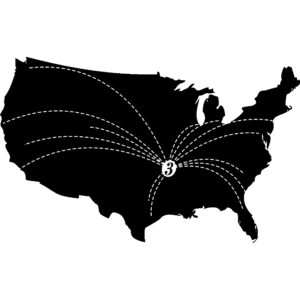“Hello! Can you hear me?”
Microphones have become so ingrained in our lives (Alexa, AirPods, car connectivity, fast food drive-throughs), it’s easy to forget about them. It’s not a wonder that so many event planners forget to focus on this most basic element of communication at an event!
Let’s talk about your event. You have a message that needs to be heard. You have ideas, values, and inspirational stories that need to reach far and wide. In fact, that’s the whole purpose of a live event: to share your message with an audience.
So if that’s the whole purpose, we had better make sure that hearing your message is a top priority! That’s where proper planning for your event audio equipment comes in.
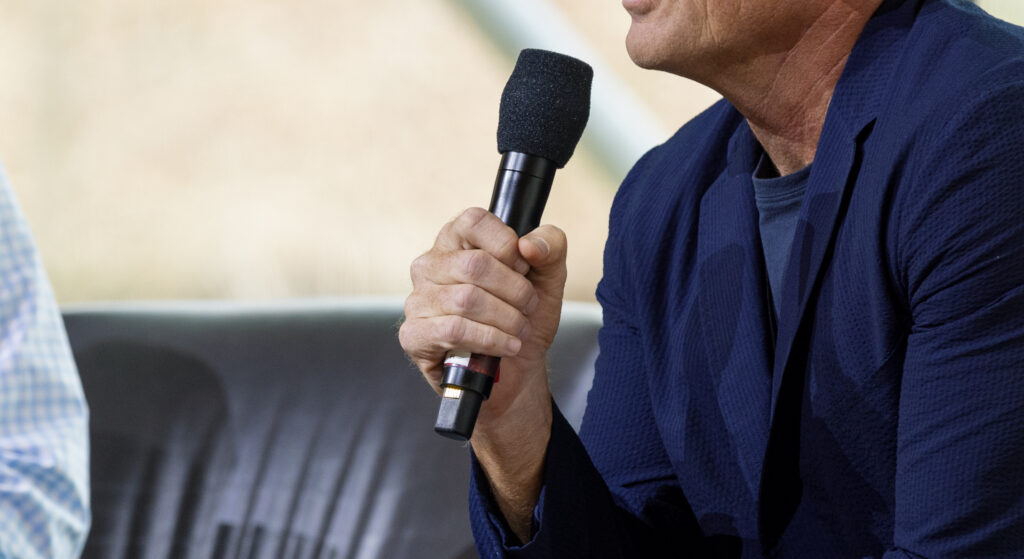
When do we use microphones?
Your microphone needs are determined by three things: room size, remote viewers, and event recording.
First, consider your room size and the number of people. For any gathering with more than 30 people or a room bigger than 30×30 feet, you will want to have mics and a speaker system. At this size, most speakers cannot project their voices enough to be heard by everyone. Don’t allow your guests to have to strain to hear what’s being said. It dampens the experience. It causes people to lose interest quickly. You want the audience leaning forward in their seats because they are so interested, not because they can’t hear.
Second, consider whether or not your event has remote presenters or remote audiences. In our digital age, it’s easy to connect with people from around the nation and the world. Many event planners are using live streaming as a way to bring their events to people in multiple locations.
Finally, is your event being recorded? It’s the same principle as a remote audience or live streaming, except that you are recording this event to be replayed by possibly hundreds of people in the future! Again, microphones are the key to making sure your message is clearly captured and recorded.
What kind of microphones do I need?
You may be thinking, “Okay, this is all good, I definitely need people to hear me and my presenters. I need mics! But what kind do I need?”
There are two different kinds of microphones, wired and wireless, and both are useful in different situations. Your “Run of Show”, or the list of presentations during your event, will determine the type and number of microphones you need.
Wired Microphones
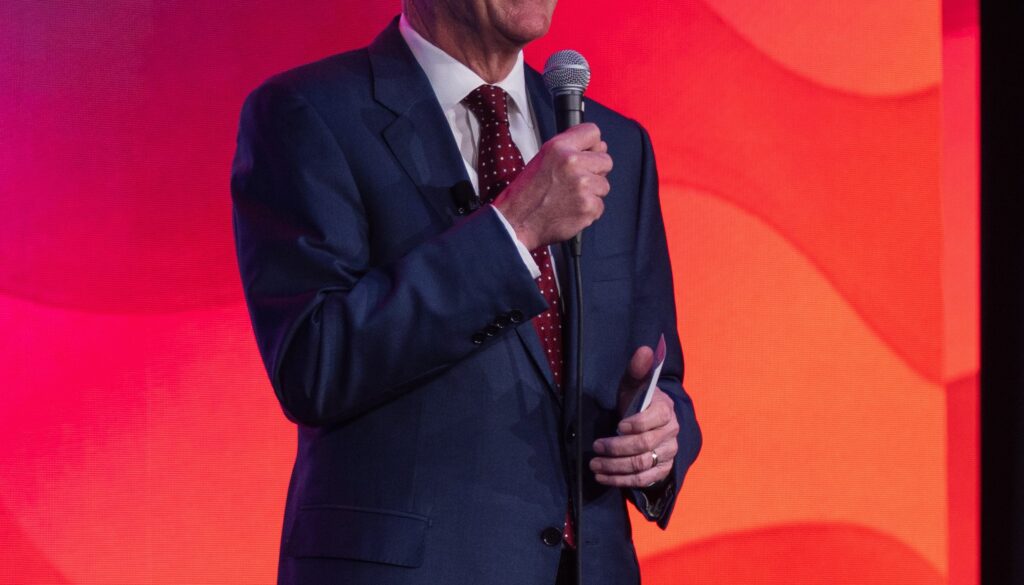
Wired microphones are used when there is one central location that people will speak from, such as a podium or stand on stage. There won’t be any moving around, and you won’t have multiple people speaking at once. Your presenters will be going to that predetermined speaking location, one at a time, to speak and share their stories. This is a very common setup for many nonprofit events.
Wired microphones are extremely stable. They sound very rich, full, and natural to the listening ear.
Wireless Microphones
Wireless microphones are very handy because they allow you to be mobile. You can also have multiple presenters at one time. These mics don’t have cables running directly from the mic to the audio system. This allows your presenters to walk freely around the stage, sit down on a couch for an interview, or engage with the audience during a live auction.
A nice bonus of wireless mics is that they come in three different styles: Handheld, Lavalier, or Headset. And I know what you’re thinking “Oh my! More options!” Not to worry, we can break this down very clearly.
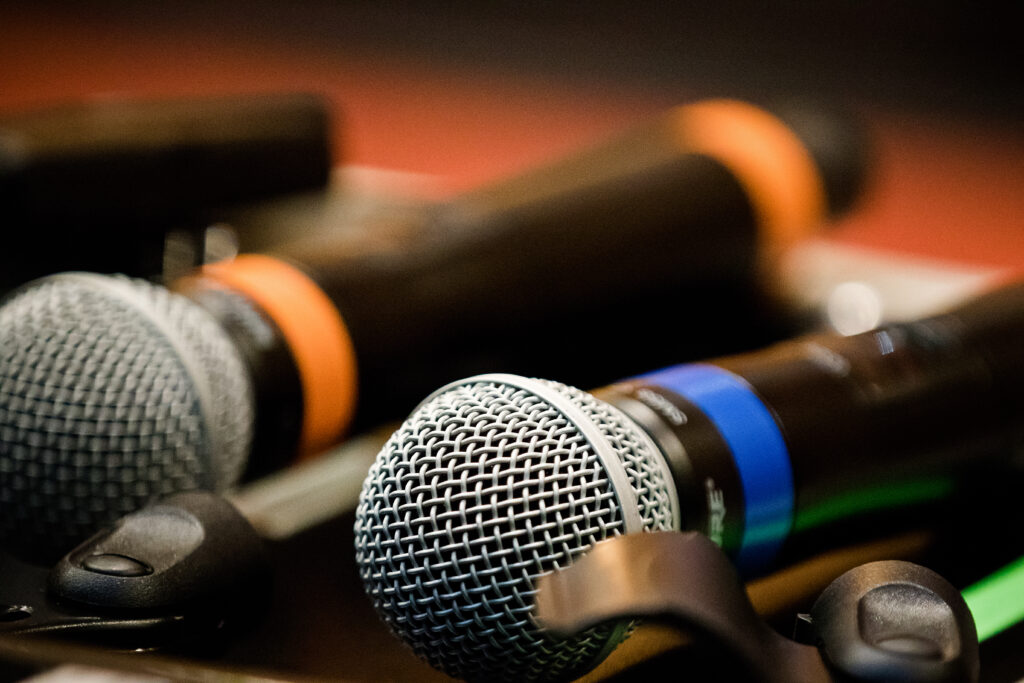
Handheld, Lavalier, or Headset?
Of all three styles, wireless handheld mics are the most versatile. Anyone can come up and grab the handheld mic and begin talking. If you have a lot of quick transitions between presenters or a panel where several different people are speaking, it’s very easy to pass around a handheld microphone. Handheld microphones also give your presenter control over when they are heard. Additionally, handheld mics sound the richest and most natural.
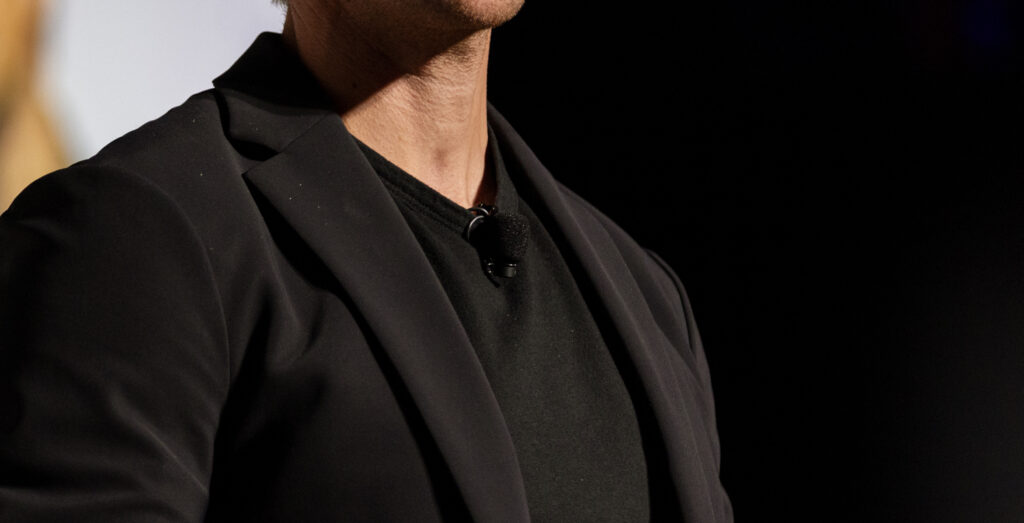
Lavalier mics are little microphones clipped to the front of a shirt and attached by a thin wire to a pack that clips on at the back of the waist.
Headset mics are similar, except the headset clips around the ears and jut out toward the corner of the mouth.
Both these mics are really good to use in situations where you have someone speaking for ten minutes or more, and they want to be able to walk around the stage. It can become tiring to hold a handheld mic for that length of time, which is why lavaliers (“lavs”) and headset mics are wonderful, hands-free options.
There are some drawbacks to lavs and headsets. First, it does take time for your audio tech to clip on and remove these wireless mics before and after your presenter goes onstage. Second, because the mic is always close to the face, the presenter is always “live”, until they are muted by the tech when they leave the stage. Finally, lavalier and headset mics typically sound a little thinner. They aren’t as stable as their handheld cousins. Those high-pitched feedback sounds are harder for the audio tech to mitigate with this style of mic, but not impossible!

It’s Time to Be Heard.
There you have it! This is your biggest day of the year. Having the proper planning for your event audio equipment ensures that every word spoken, every award handed out, and every inspiring story shared at your event is heard clearly by your audience.
Your production partner should guide you through many of these microphone questions. Now you are also equipped with the knowledge to make sure your message is heard!
So when you ask, “Can you hear me?” The answer is a resounding, “YES!”

